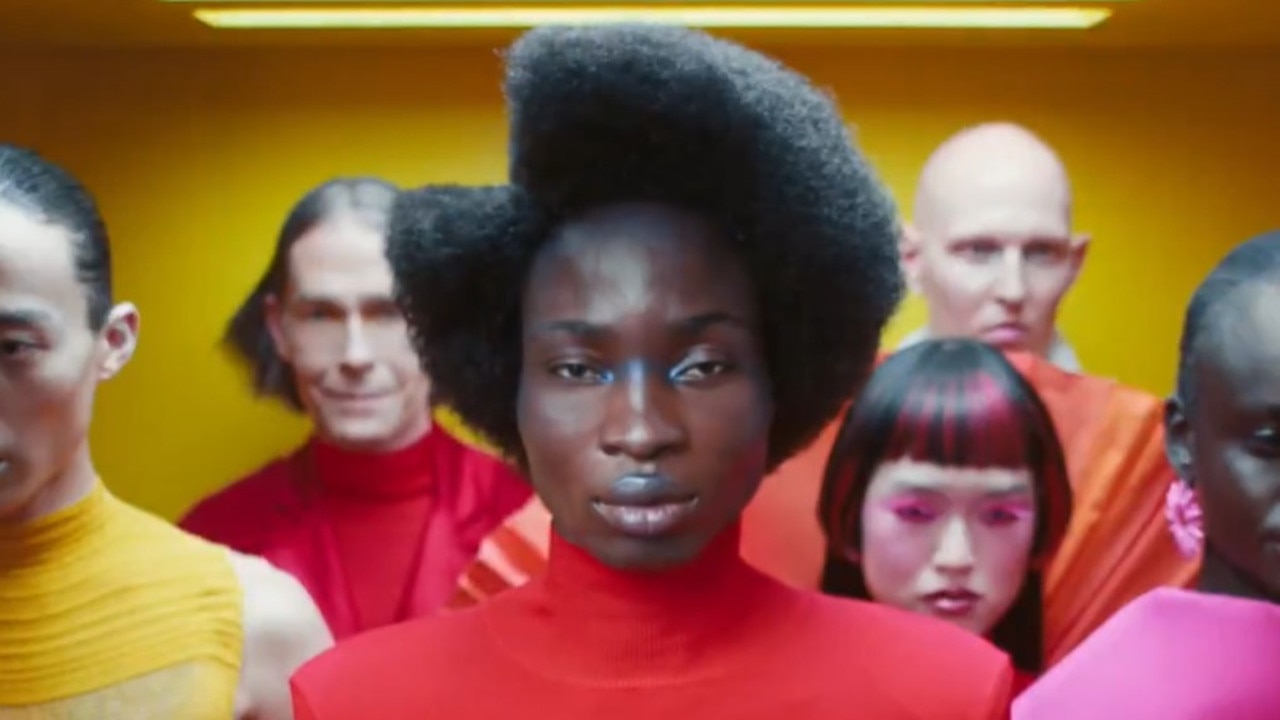End of the line for Renault Megane RS
The push for green motoring has claimed another machine, narrowing the choices for fans of affordable performance cars.

Motoring News
Don't miss out on the headlines from Motoring News. Followed categories will be added to My News.
Renault has called time on the Megane RS hot hatch, ending the car’s time in Australia with a limited-edition run-out special.
The outgoing Megane RS is set to be the last performance car of its kind from the French brand, which has shifted its performance car strategy to focus on its Alpine sub-brand.
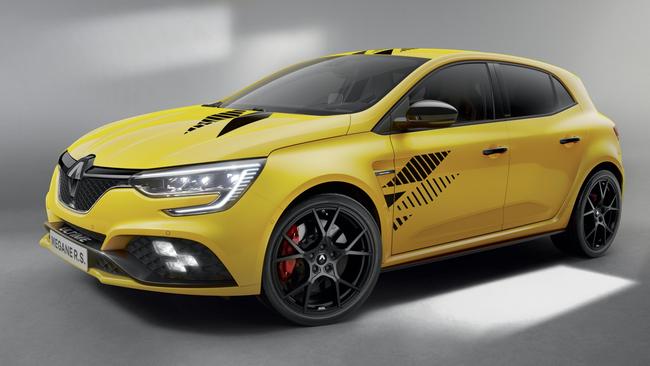
It joins performance car favourite such as the Subaru WRX STI, Ford Focus RS and Mitsubishi Lancer Evo in the history books.
But Renault Sport is going out on a high with the limited-edition Megane RS Ultime.
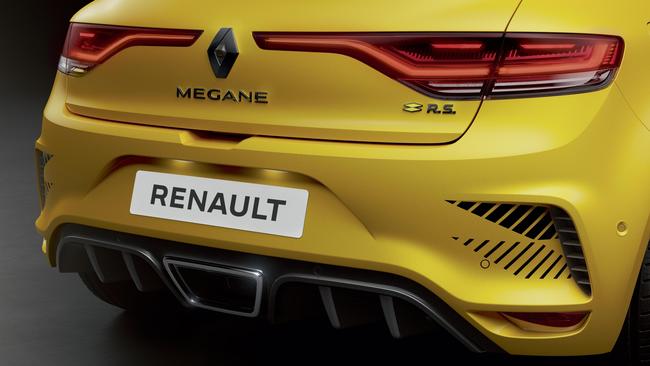
Based on the recent Megane RS Trophy, the Ultime has a 1.8-litre engine that makes 221kW and 420Nm when paired with a dual-clutch automatic transmission, or 221kW and 400Nm with a six-speed manual.

Special additions include lightweight 19-inch wheels finished in black paint, plus Recaro seats, diamond-shaped sticker graphics, blacked-out logos and more.
The premium-priced car costs $67,500 plus on-roads with three pedals, or $70,500 as an auto.
Renault Australia general manager Glen Sealey said the Megane RS Ultime “represents the culmination of a long and storeyed history of Renault hot hatches”.

“Indeed, Renault set the blueprint for what a hot hatch should be and has consistently delivered on that blueprint for almost 50 years: nimble, lightweight, highly-tuned engine and a chassis set-up designed for the most challenging of B-roads,” he said.
“This final edition Megane RS Ultime is the ultimate expression of the genre and a fitting way to bow out.”

The end of Renault Sport hot hatches represents sad news for car lovers.
More focused than the likes of a VW Polo or Golf GTI, Renault’s Clio and Megane RS models were designed to thrill customers on the road and track.

The outgoing model had a tricky start to life in Australia. The car introduced an automatic option, traded a coupe body for five-door practicality, swapped a predictable chassis for occasionally tricky four-wheel steering, and substituted five years of warranty coverage for three.
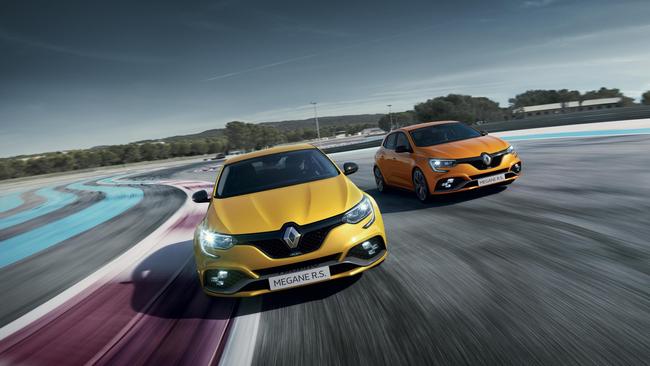
Once-standard equipment such as a limited-slip differential was made optional, and customer favourites such as Recaro seats were missing in action.
The brand righted some of its wrongs by bringing back the five-year warranty, reintroducing proper sports seats and offering a stripped-out “Trophy-R” model that deleted rear-wheel-steering.
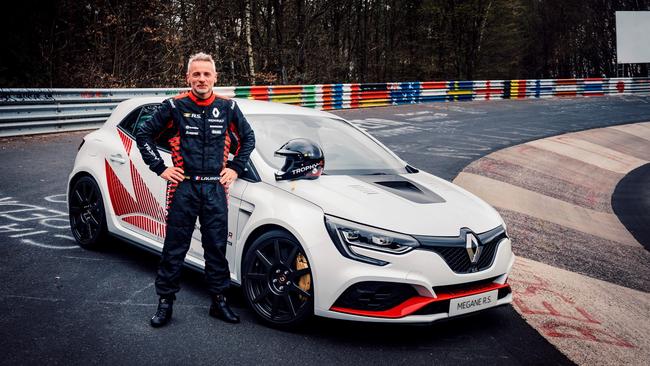
Renault lost momentum in transition from being a direct part of Renault’s global operations to third-party Australian distribution.
And the corporate decision to cull Renault Sport in favour of investment in electric models - including an electric successor to the Megane - left no room in the line-up for a turbocharged hot hatch.
Originally published as End of the line for Renault Megane RS

